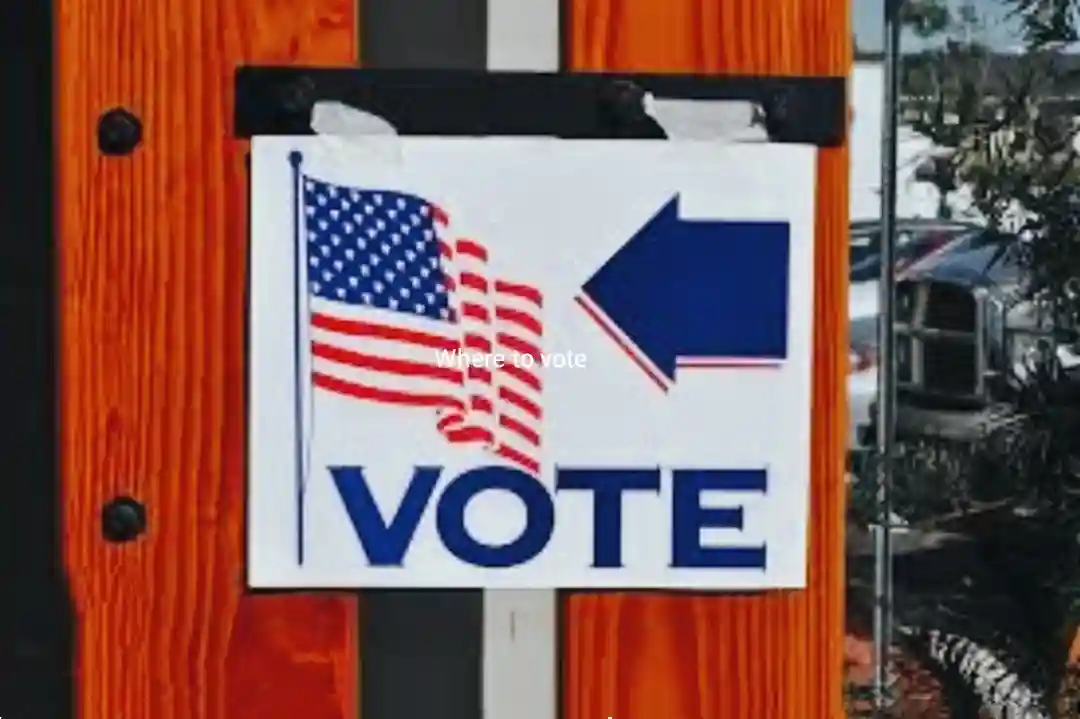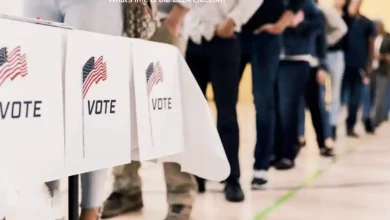Where to Vote: A Guide to Finding Your Local Polling Place

With election season upon us, finding out where to vote is essential for ensuring your voice is heard. As voter turnout plays a crucial role in shaping our communities, knowing where to cast your ballot helps streamline the process. This guide will walk you through locating your nearest polling place, what to bring, and tips for making the most of Election Day.
How to Find Your Polling Location?
Table of Contents
One of the simplest ways to find your designated polling place is through your state’s election website. Here’s how:
- Visit the State Election Website : Every state has a government website where voters can enter their addresses to find their assigned polling location. These sites often include up-to-date polling locations, hours, and other essential information.
- Use Voter Location Tools : Nonprofit organizations like Vote.org, Ballotpedia, and the U.S. Vote Foundation provide free tools that help you find your polling place quickly. Enter your address, and these websites will direct you to your polling location and display additional information, such as whether it’s accessible for people with disabilities.
- Check Your Voter Registration Card: Your voter registration card, typically mailed when you register to vote, usually lists your polling location. You may need help contacting your local election office to confirm if you can’t find it.
- Call Your Local Election Office: If you need internet access, call your local election office for assistance. They can provide details about where to go when the polls open and other important voting information.
What to Bring to the Polls?
When heading to your polling place, bring the following to make sure your voting experience is as smooth as possible:
- Identification: You may need to present an ID depending on your state. Common acceptable forms include a driver’s license, passport, or state-issued ID.
- Voter Registration Card: While only sometimes required, bringing your voter registration card can help if any issues arise with your registration.
- Proof of Address: In some states, voters are asked to show proof of address, like a utility bill or bank statement.
- Mask and Hand Sanitizer: To ensure safe voting amid health concerns, it’s advisable to bring a mask and hand sanitizer.
Voting Tips and Things to Keep in Mind
- Check Voting Hours: Polling hours vary by state, so confirm your polling place’s operating hours beforehand.
- Plan for Lines: Peak times, such as early morning or late evening, may have longer lines. If possible, vote during midday to avoid crowds.
- Understand the Ballot: Many states provide sample ballots on their websites so that you can familiarize yourself with the candidates and issues ahead of time.
- Bring a Friend or Family Member: Consider bringing someone with you to vote if allowed. Some states even provide legal rights for voters to have someone accompany them for assistance.
Can I Vote Early or by Mail?
If you cannot make it to your polling location on Election Day, check if early voting or mail-in voting options are available in your state. Many states have implemented convenient methods for voters with scheduling conflicts or prefer to avoid the Election Day crowds.
- Early Voting: Early voting sites are open weeks before Election Day in many states. Visit your state selection website to find early voting locations and hours.
- Mail-In Voting: Also known as absentee voting, mail-in voting allows voters to submit their ballots from home. Be sure to request your mail-in ballot early and follow all instructions to ensure it’s counted.
FAQs on Voting Locations
1. What if I go to the wrong polling place?
Most states require voters to cast their ballots at their assigned polling location. If you’re at the wrong location, a poll worker can direct you to the correct one.
2. How do I know my polling location is accessible?
Polling places are legally required to be accessible. If you’re unsure, contact your local election office ahead of time to confirm.
3. Can I get time off work to vote?
Many states have laws requiring employers to provide time off for voting. Check your state’s regulations to see if this applies.Many states have laws requiring employers to provide time off for voting. Check your state’s regulations to see if this applies.
4. Is voting in person safe?
Polling places are taking measures to ensure a safe environment, including social distancing and sanitation stations. If you’re concerned about large crowds, consider early voting or mail-in voting.
Final Thoughts
Voting is a powerful way to participate in our democracy. Knowing where to vote and being prepared helps streamline the process and ensure your vote counts. Make a plan, bring your necessary documentation, and get ready to make your voice heard. For more information, visit your state selection website or contact your local election office. where to vote, find my polling place, my polling place, what to bring to vote,



